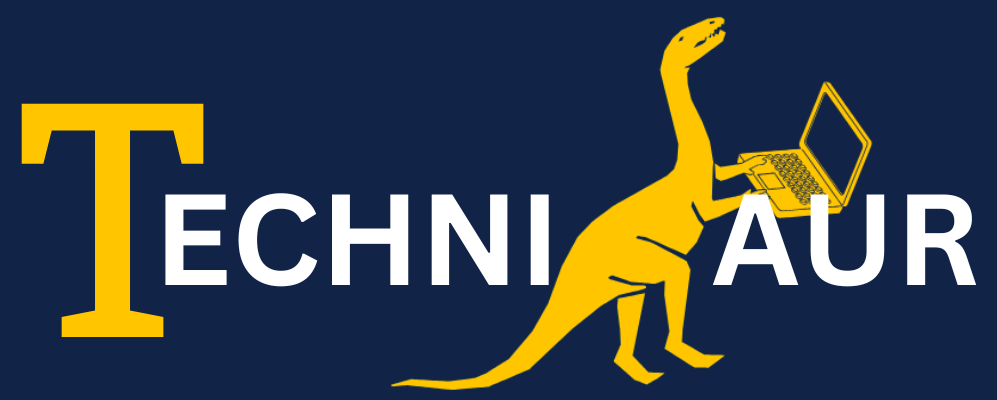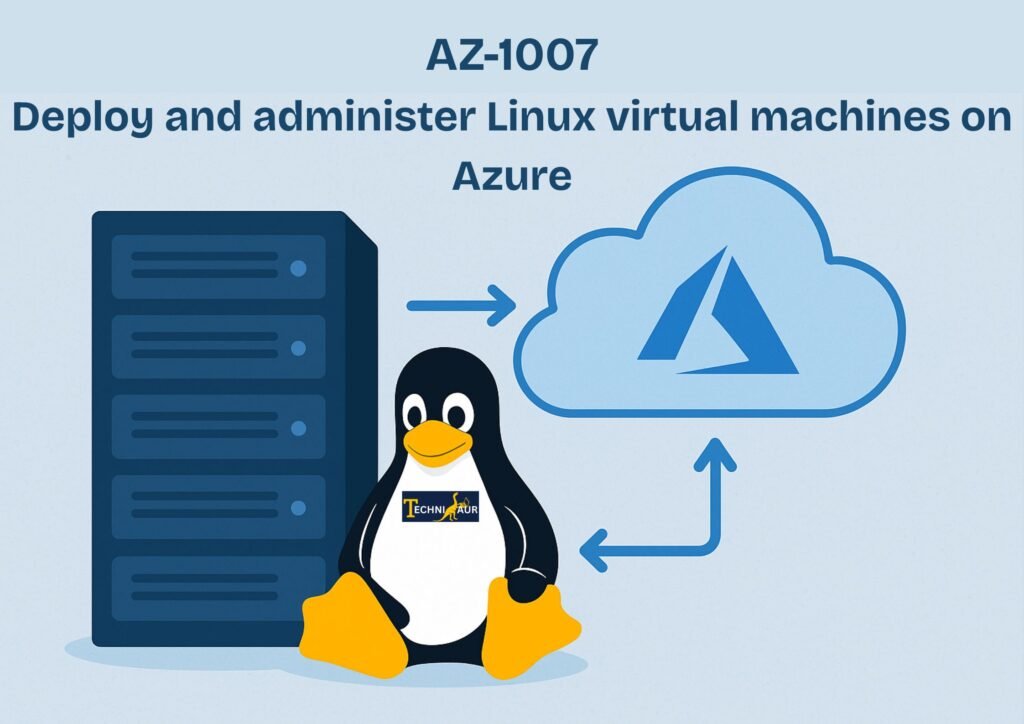Description
Deploy and administer Linux virtual machines on Azure
Deploy and administer Linux virtual machines on Azure The AZ-1007 course equips participants with the skills to effectively manage and optimise Linux virtual machines in the Azure environment. It covers creating, configuring, monitoring and scaling Linux VMs, as well as managing identities and accessing Azure Storage.
Audience Profile
Outcomes
- Create and configure a Linux VM
- Learn how to deploy a Linux VM.
- Add data disks and configure partitions.
- Adjust and manage Linux VM settings.
- Set up SSH access.
- Update the Linux VM operating system.
- Install and run workload dependencies.
- Configure monitoring and backup for Linux VMs
- Enable and configure VM Insights for monitoring.
- Set up alerts for different scenarios.
- Configure Azure Backup for Linux VMs.
- Scale Linux VMs vertically
- Identify and analyse performance issues.
- Resize a VM to meet performance requirements.
- Configure identities and roles for Linux VMs
- Assign managed identities to Linux VMs.
- Allocate Azure roles for secure access management.
- Access Azure Storage from a Linux VM
- Mount an SMB Azure file share on a Linux VM.
Prerequisites
- Basic knowledge of Microsoft Azure – familiarity with Azure services, resource groups, and portal navigation.
- Understanding of Linux fundamentals – command-line usage, file system structure, users and permissions.
- Networking basics – IP addressing, DNS, firewalls, and virtual networks.
- Experience with virtual machines – prior exposure to provisioning or managing VMs (on-premises or cloud).
- Scripting familiarity (preferred) – understanding of Bash or PowerShell is an advantage.
Onsite Training?
If you need training for three or more people, ask us about training at your site. You can enjoy the convenience of reduced travel cost and time, as well as a familiar environment for your staff. Additionally, we can customise the course for your business needs.
Cancellation Policy
To cancel or, reschedule please contact us 10 days before the course
Contact Details
- 0410077106
- fusman@new.technisaur.com.au.au
- Melbourne VIC, Australia




Reviews
There are no reviews yet.